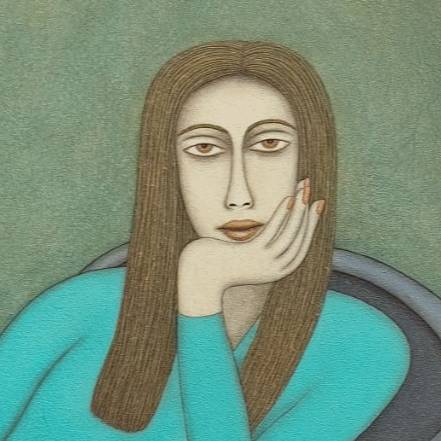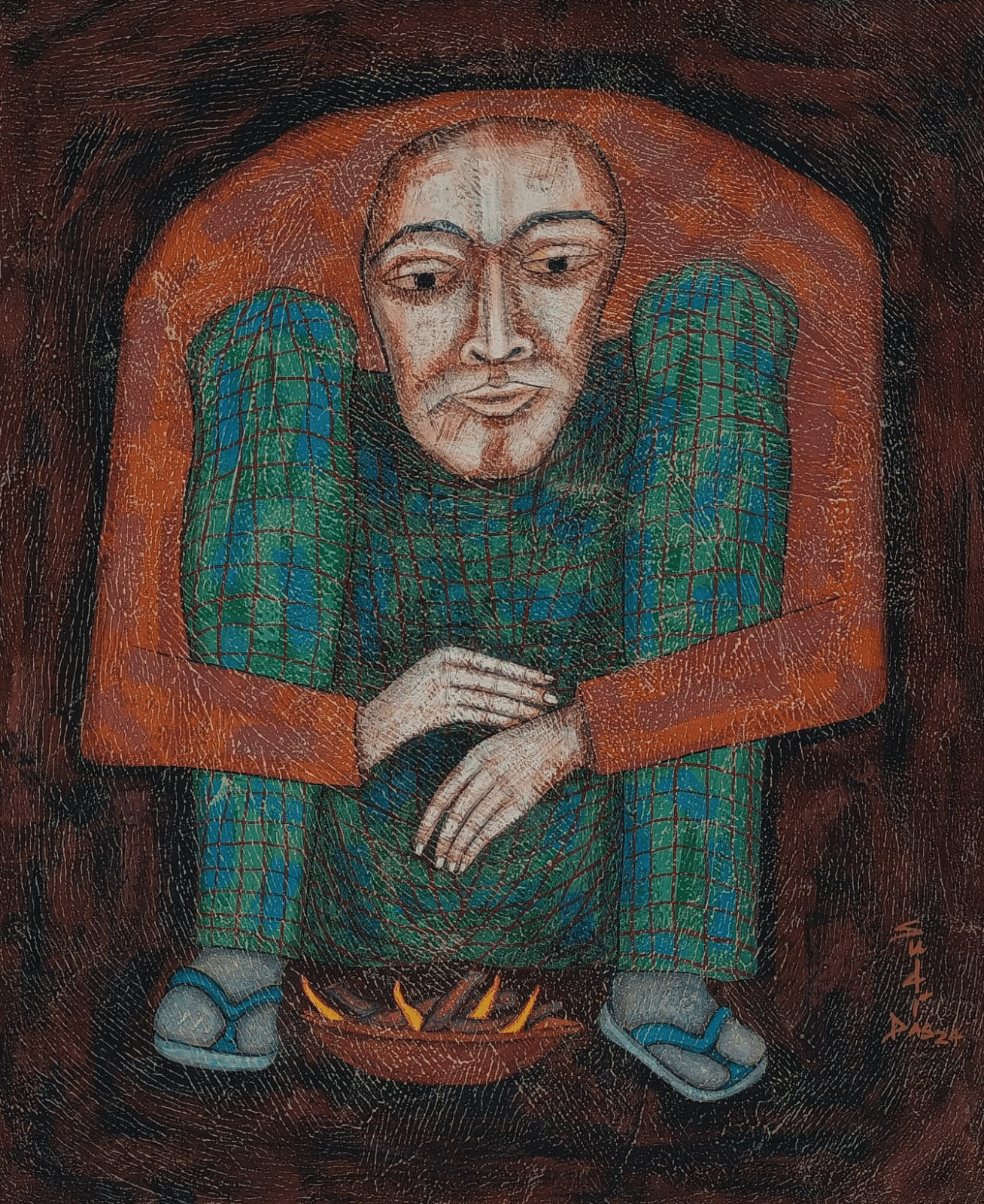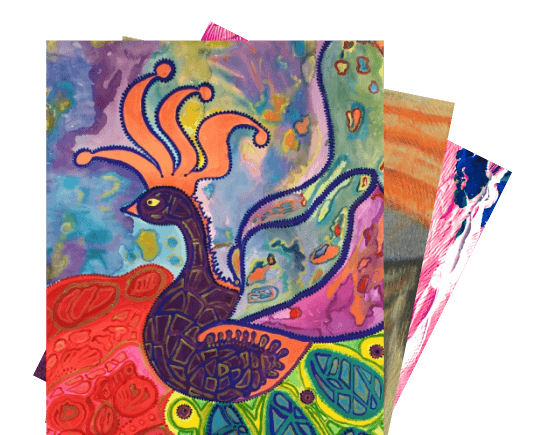How to Write Awesome Product Descriptions for Your Art - How ...An artwork description should go beyond a simple list of materials and dimensions. It aims to guide the viewer's understanding and emotional connection to the piece by exploring its visual elements, potential themes, and the artist's intentions. A well-written description can evoke a stronger response and encourage deeper engagement with the art. Here's a breakdown of key elements to consider when describing artwork: 1. Basic Information: Title: The name given to the artwork by the artist. Artist: The creator of the artwork. Date: The year the artwork was created. Medium: The materials used (e.g., oil on canvas, bronze sculpture, mixed media). Dimensions: The size of the artwork (height x width x depth, or diameter). Framing: Whether the artwork is framed and any details about the frame. 2. Formal Elements: Line: Describe the lines used (e.g., thick, thin, gestural, implied). Shape: Identify the shapes present (geometric, organic, etc.). Color: Discuss the color palette (e.g., vibrant, muted, warm, cool) and any color relationships. Texture: Describe the surface quality (e.g., smooth, rough, impasto). Composition: Analyze how the elements are arranged (e.g., balanced, asymmetrical, dynamic). Space: Explore the use of space (e.g., shallow, deep, perspective). 3. Content and Meaning: Subject Matter: What is depicted in the artwork? Themes: What ideas or concepts are being explored? Symbolism: Are there any symbolic elements present? Artist's Intent: What emotions or messages is the artist trying to convey? Context: Consider the historical, social, or cultural context of the artwork. 4. Style and Technique: Art Movement: Is the artwork associated with a particular art movement (e.g., Impressionism, Surrealism)? Technique: Describe the artist's specific techniques (e.g., brushstrokes, layering, carving). Example: "The Scream" by Edvard Munch is a powerful example of an artwork description [Image: moonlight john atkinson grimshaw]. The description could include: Title: The Scream Artist: Edvard Munch Date: 1893 Medium: Oil and pastel on cardboard Dimensions: 91 x 73.5 cm Formal Elements: The undulating lines and vibrant colors create a sense of unease. The figure's contorted shape and the swirling background emphasize the feeling of anguish. The color palette is dominated by reds, oranges, and blues, contributing to the emotional intensity. Content and Meaning: The artwork depicts a figure experiencing a moment of intense anxiety and despair. It explores themes of alienation, existential dread, and the human condition. The vibrant colors and expressive brushwork amplify the emotional impact. Style and Technique: The artwork is associated with Expressionism. Munch's expressive brushstrokes and use of color create a visceral impact on the viewer. How to Write Awesome Product Descriptions for Your Art - How ...An artwork description should go beyond a simple list of materials and dimensions. It aims to guide the viewer's understanding and emotional connection to the piece by exploring its visual elements, potential themes, and the artist's intentions. A well-written description can evoke a stronger response and encourage deeper engagement with the art. Here's a breakdown of key elements to consider when describing artwork: 1. Basic Information:
Explore NEW COLLECTION
Featured Artists
-
Babli Keshri Painter
-
Sudip Das Painter
-
Babli Keshri Painter










